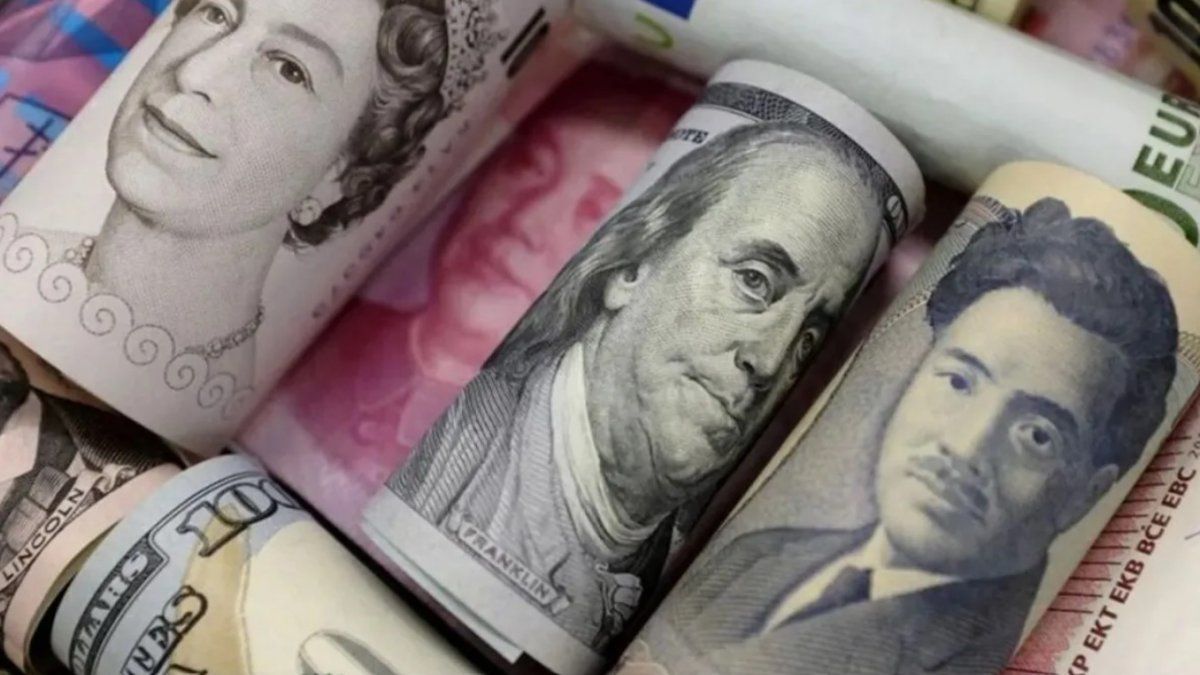While the Japanese government evaluates How to defend your currency of the strong depreciation it had against the dollar – and which brought it to its lowest levels in the mid-80s – for now decided to launch a series of new banknotes, the first since 2004, in order to revive the economy.
“Although the transition to a cashless society is progressing, cash remains a reliable payment method that anyone can use anywhere, anytime with confidence and will continue to play an important role.”Bank of Japan (BoJ) Governor Kazuo Ueda said at a ceremony.
So Japan, which maintains a strong affinity for cash and where cashless payments remain lower than in other major Asian countries, You will see from this month that new banknotes will begin to circulate. 1,000, 5,000 and 10,000 yen (equivalent to about $6, $31 and $62 respectively), in the first redesign in two decades, integrating advanced technology such as 3D holograms to improve security and ease of use.
Ueda announced that this new series of banknotes has already been distributed, worth a total of about 1.6 trillion yen (US$10 billion). and said he hoped the new series of BoJ notes would be widely distributed among the public to support Japan’s economic infrastructure.
For his part, the Japanese Prime Minister, Fumio Kishida, He stressed this point and praised the improved security of the new yen notes, saying he hoped they would please the Japanese while adding spark to the economy.
About, Takahide Kiuchi, economist at the Nomura Research Institute and former member of the BoJ board, was responsible for estimating the economic impact of the launch of the new banknotes and according to their calculations, it could have an effect of more than 1.5 trillion yen (almost US$10 billion) on the country’s economy, which would represent an increase in GDP of approximately 0.25%.
Yen.jpg
The yen strengthened against the dollar on Tuesday.
This boost, Kiuchi explains, would be provided by the necessary investment to upgrade ATMs and other ticket dispensing systems. Nearly 90% of bank ATMs, train ticket machines and retail cash registers are ready to process the new notes, but only half of restaurant and parking lot ticket machines are, according to the Japan Vending Machine Manufacturers Association. Nearly 80% of the country’s 2.2 million drinks vending machines would also need upgrades.
According to Reuters, Takemori Kawanami, a director at ticket machine company Elcom, said it may take until the end of the year to react, which is too slow, but they are short of components as customer upgrade requests have exceeded expectations.
Some analysts also point to the possibility that some cash savers will change their behavior and according to calculations by the Dai-Ichi Life Research Institute, Households had about 60 trillion yen ($375 billion) saved in banknotes at the end of last year.
According to official data, cashless payments in Japan have almost tripled in the last decade to represent 39% of consumer spending in 2023, but they still lag behind their global peers and would need to increase to 80% to boost productivity.
It is worth remembering that the redesign was announced with the start of the Japan’s new era, Reiwa, which was inaugurated with the coronation of Naruhito, as the new Japanese emperor after the abdication of his father, Akihito.
The new banknotes are of 1,000, 5,000 and 10,000 yen and bear the portraits of the physician and bacteriologist Kitasato Shibabasabur, the writer Tsuda Umeko and the tycoon Eiichi Shibusawa (known as the father of Japanese capitalism), respectively.
On the back of the banknotes, The 10,000 yen one shows the Marunouchi Building at Tokyo Station; the one of 5,000 yen, Japanese wisteria flowers, or fuji in Japanese; and the 1,000 yen, the woodblock print Under the Great Wave off Kanagawa from the Fugaku sanjurokkei series (36 views of Mount Fuji) by Katsushika Hokusai.
These banknotes incorporate new security features, such as three-dimensional holograms on the portraits, and improved the universal design of the banknotes, enlarging the numbers that indicate the value on the front and back of the banknotes, as well as better tactile recognition to make life easier for blind people. Japan’s redesigned yen banknotes are the first in the world to adopt 3D holograms as an anti-counterfeiting measure.
Source: Ambito




